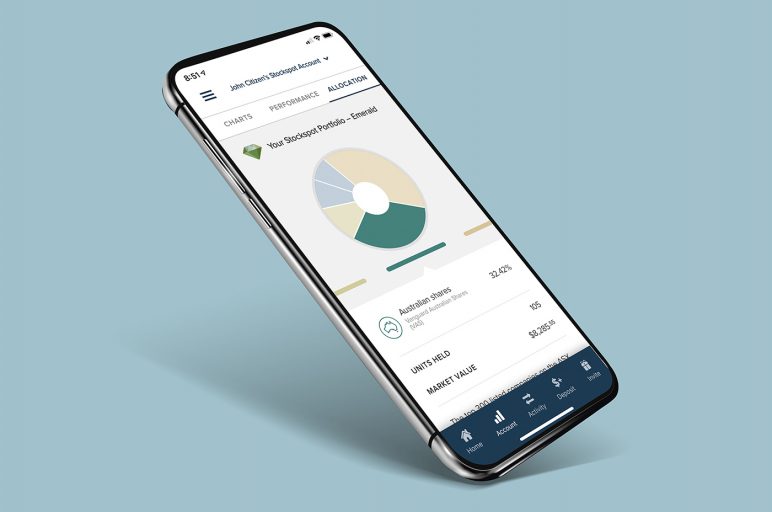In this article we cover:
- What are the average returns of Stockspot clients?
- What are money weighted returns and why are they important?
- Why short term returns can be very different to these returns
- Why are these returns lower than the Australian or U.S. share market?
- Why active fund managers won’t tell you about money weighted returns
What are the average returns of Stockspot clients?
These are the actual annualised returns earned by Stockspot clients across all portfolios since we started in 2014 through to the end of 2021.
Includes all Stockspot clients as at 31 December 2021 who have invested for at least 12 months. Read about why we don’t display annualised returns for investment periods of under one year.
| AVERAGE CLIENT RETURN SINCE INCEPTION (P.A.) | |
| Topaz | 9.5% |
| Emerald | 8.6% |
| Turquoise | 7.6% |
| Sapphire | 6.6% |
| Amethyst | 5.3% |
As at December 2021, the average return across all clients is 8.5% p.a. after fees.
Over three quarters of clients earned at least 8% per year. To see each of the portfolios scroll down to the bottom.
What are money-weighted returns and why are they important?
These money-weighted returns give you a good idea of the actual experience of Stockspot clients.
They are different from the returns we publish in our newsletter and on our website. This is because the returns we publish in our newsletter are time weighted returns whereas these are money weighted returns.
Time weighted returns are the most common return figure published by fund managers. They assume you invested all of your money on a certain starting date. Money-weighted returns are the actual returns experienced by our clients, based on all of the different times they started investing. These figures also reflect that Stockspot has been growing rapidly thus most of our clients joined over the last few years.
Why short-term returns can be very different to these returns
Even though our portfolios are diversified across different assets to smooth returns, performance can vary a lot over the first 12 months. You can be lucky and invest just before a market rise or unlucky and invest just before a temporary fall or sideways period.
The trick is to not pay much attention to performance over the first 12 months since markets can vary a lot over shorter periods.
In the first few months for any client there’s only a 50% chance you’ll have a positive return. However 99.6% of Stockspot clients who have invested for more than one year have enjoyed positive returns.
The longer you invest, the better your chance of getting a positive return near these averages.
Why are these returns lower than the Australian or U.S. share market?
When markets are rising, you should expect a diversified portfolio to deliver lower returns compared to the share market simply because it’s less risky. Our portfolios contain defensive assets like bonds and gold so that when the share market falls, our portfolios have historically fallen by much less. 50% to 80% less to be precise. Diversification across some defensive assets gives you smoother returns and fewer periods of losing money. It’s like paying for some insurance.
In this video I explain why diversified portfolios have lower returns than the overall share market
Why active fund managers won’t tell you about money-weighted returns
Investors in active funds tend to chase performance, gravitating towards funds that performed well in the recent past. Those same funds are often the next period’s worst performers. This pattern of return chasing is why money-weighted returns in active funds tend to be poor since most of the money comes in after it’s too late.
A well known example of this is the Fidelity portfolio manager Peter Lynch, considered by many to be the greatest fund manager of all-time. During his time as an active fund manager Lynch beat the market generating a 29% p.a. return!
However Fidelity calculated that the average investor in his fund lost money during the same period. Why? When his fund had a period of not doing well, money would leave. Then when he started doing well again money would flow back in, missing the bounce. More recently the same phenomenon has been experienced by the ARKK Innovation fund and demonstrated by Morningstar.
The next time you see an active fund advertising their strong returns, ask if that’s time-weighted or money-weighted. Chances are they are only advertising time-weighted returns because the money-weighted returns of their investors are significantly lower. This is why we believe investing in the index is a much safer and smarter approach. You avoid getting swept up by a ‘popular’ fund manager at the peak of their strong returns and just before they underperform.




